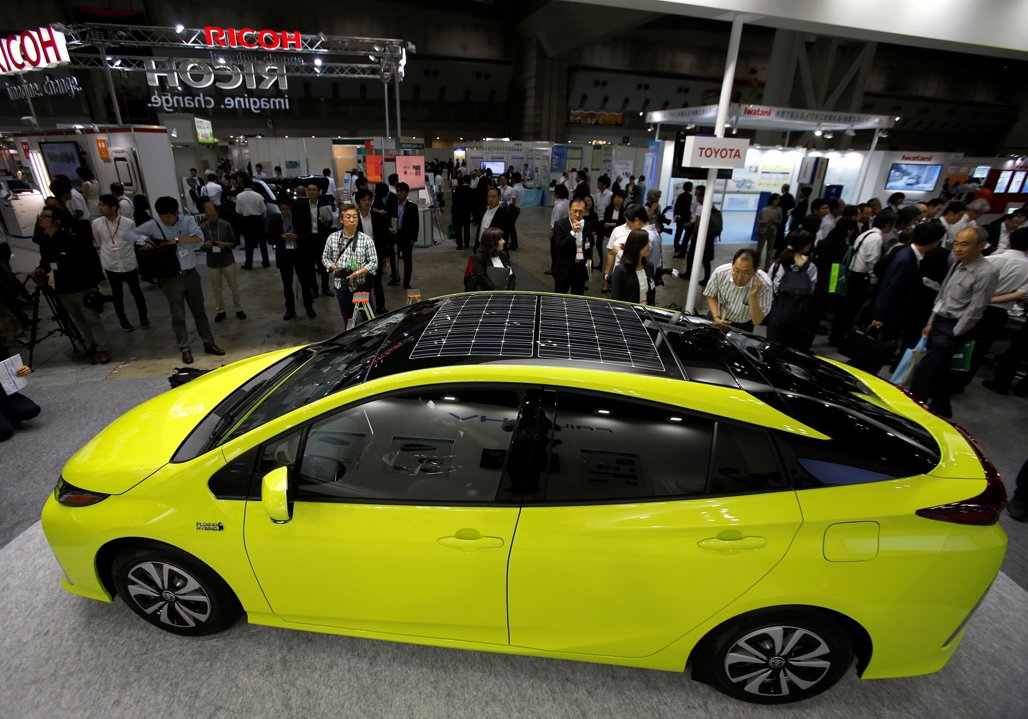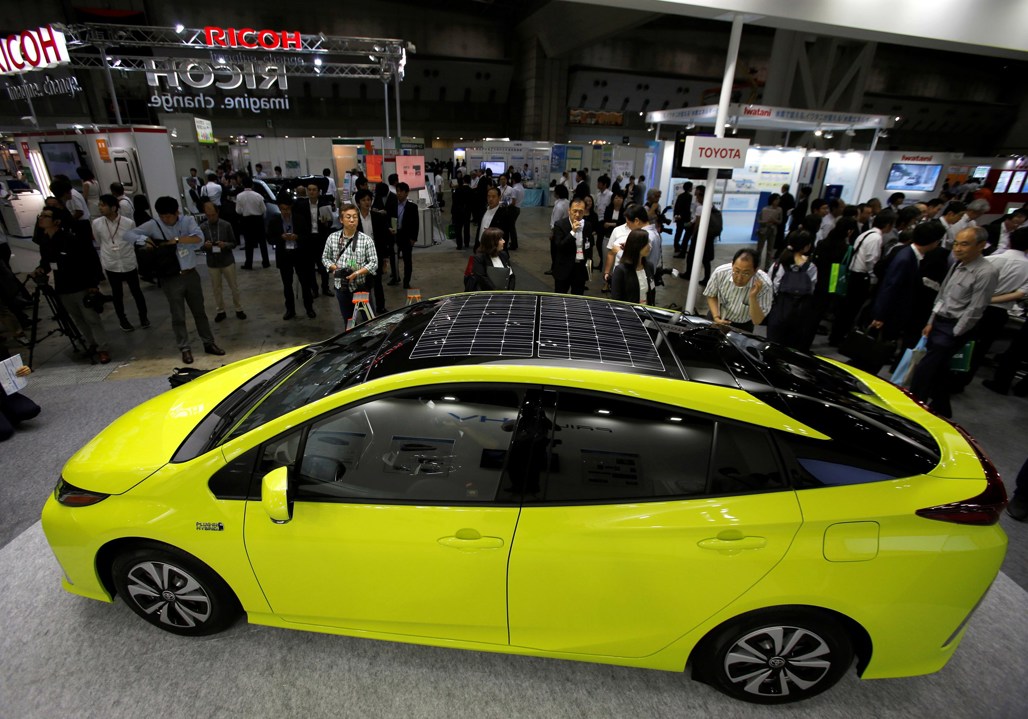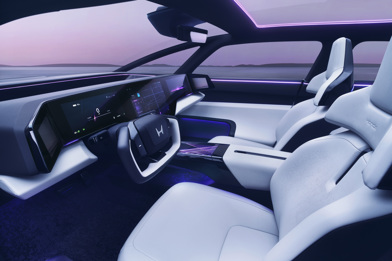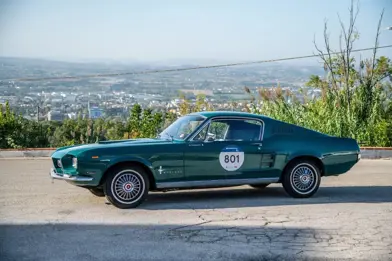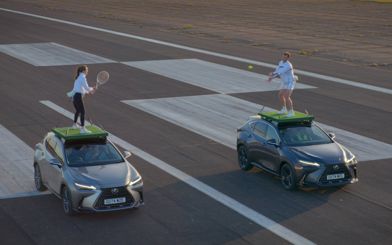THE DAYS OF PARENTS BEING TIED TO SPORTS PRACTICES MAY BE LIMITED
The US robotics expert tapped to head Toyota’s Silicon Valley research company says the US$1 billion (NZ$1.4b) investment by the giant Japanese automaker will start showing results within five years.
Gill Pratt told reporters the Toyota Research Institute was also looking ahead into the distant future when there would be cars that anyone, including children and the elderly, could ride in on their own, as well as robots that help out in homes.
Pratt, a former programme manager at the US military’s Defence Advanced Research Projects Agency, joined Toyota first as a technical adviser when it set up its artificial intelligence research effort at Stanford University and MIT.
He said safety features would be the first types of AI applications to appear in Toyota vehicles.
Such features are already offered on some models, such as sensors that help cars brake or warn drivers before a possible crash, and cars that drive automatically into parking spaces or on certain roads.
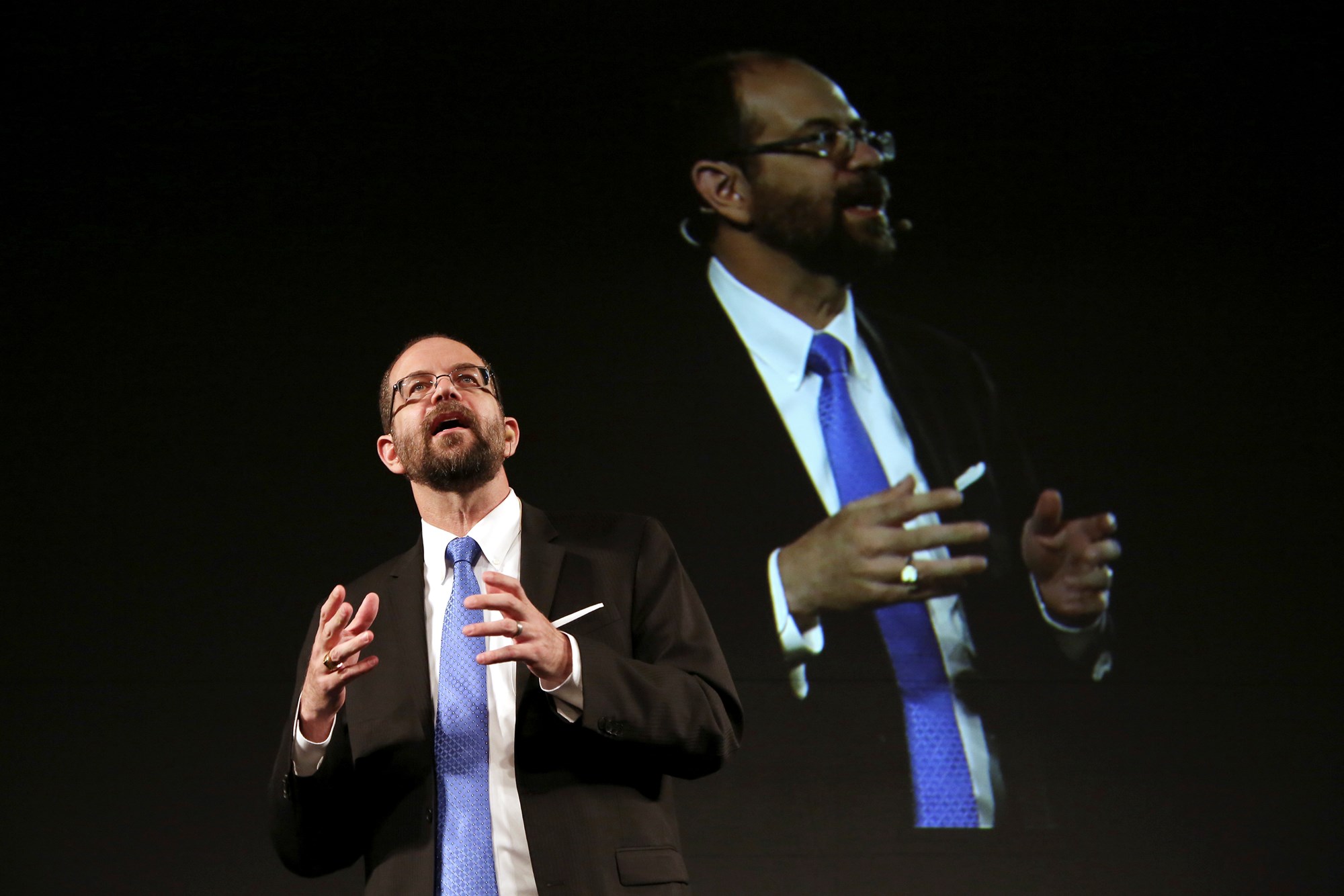
“I expect something to come out during those five years,” Pratt said of the timeframe seen for the investment. “It is important to understand that what we are doing has high risk and that some of our efforts will not be entirely successful, but we expect some of them to be very successful,” he said. Most automakers, such as General Motors, Tesla and Nissan, are competing on autonomous driving and connecting cars to the internet, and several companies outside the auto industry, including Google, Apple and Uber, are also eyeing the business.
Pratt said that only in the future would there be what he called “hyper-exponential growth” in capability, when all robots were connected together in a network, sharing information on the cloud and helping each other improve.
No one knows when that may happen, although Pratt said it was likely within two decades.
“Some day, these cars will be safe enough that children could go from one place to the other without having a soccer mom having to drive or a soccer dad.” Toyota has already shown an R2-D2-like robot designed to help the elderly, the sick and people in wheelchairs by picking up and carrying objects.
The automaker has also shown human-shaped robots that can converse and play musical instruments. Toyota, which makes the Prius hybrid, Camry sedan and the luxury Lexus models, already uses sophisticated robotic arms and computers in auto production.
Although Pratt’s institute, which started operating this year, will have exchanges with Toyota’s other divisions, company strategy is not part of his work.
“Our job is to explore what is possible, what might work. We don’t actually know what’s going to work,” he said.
-AP
